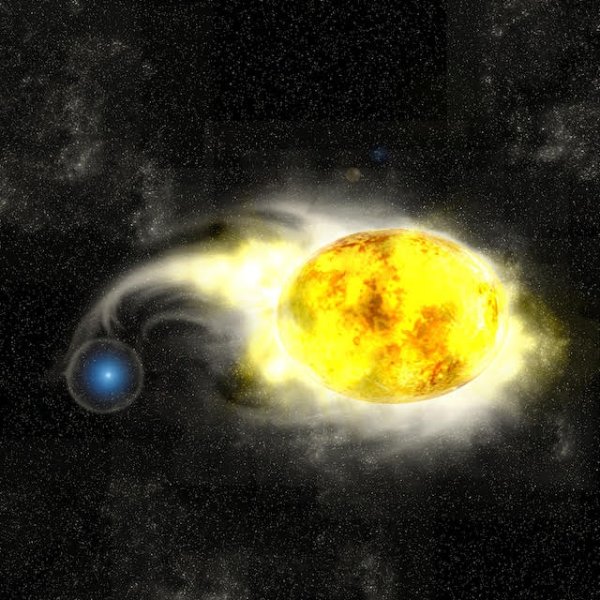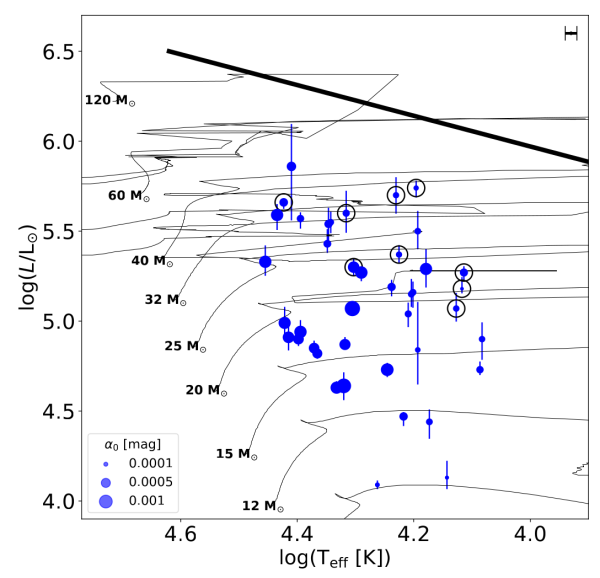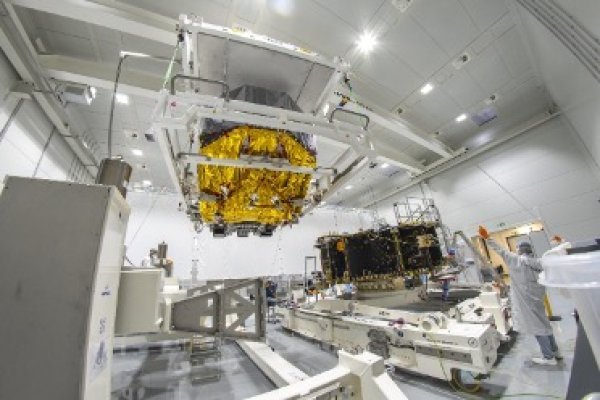Modelling the late stages of the evolution of very massive stars is one of the biggest challenges in astrophysics today. In addition, the limited availability of real observational data makes modelling attempts even more challenging because it is very difficult to verify theoretical results on real data. This is also why the study by Michalis Kourniotis of the ASU Stellar Department accepted for publication in the Monthly Notices of the Royal Astronomical Society is of great interest. The paper dealt with a really special star called HD 144812.
Abstract
In this Letter, we shed light on the evolutionary phase of HD 144812, a Galactic yellow supergiant showing infrared excess that is typically expected for evolved stars undergoing enhanced mass-loss activity. We present high-resolution spectroscopy of the star in the H− and K−band acquired with the GRating INfrared Spectrometer (IGRINS) and further explore multi-band imaging of the wider field of view from the ultraviolet to the radio regime. The IGRINS data reveal several lines from the hydrogen series and iron in a double-peaked emission and we here suggest, that HD 144812 is orbited by a disk-hosting companion. Furthermore, we report emission in the CO band heads of the star that is modeled to arise from a circum-stellar/binary disk (or ring) of ejected gas. The latter consists of material that is expected to have been dredged up from the core of the star to its surface during a prior phase as a red supergiant (RSG). These findings together suggest that HD 144812 is a rare, post-RSG star in a binary system, encouraging further investigation on the effect that the stellar encounters have on triggering instabilities and driving the evolution of the primary star shortly prior to the supernova event.
Picture description
This is what a yellow giant in a tight binary with a blue star on the main sequence might look like. Quite possibly this is what the HD 144812 system looks like (the second component would be additionally surrounded by an accretion disk). (Credit: Kavli IPMU / Aya Tsuboi)
Links and contacts
- Source, web ASU: Na čem pracujeme: Pozdní veleobr v interagující dvojhvězdě obklopený akrečním diskem (M. Švanda, in Czech)
- M. Kourniotis, M. Kraus a kol., HD 144812: A transition-phase massive star in a binary system, MNRAS Letters in press, preprint arXiv:2503.19961
- Contact: Dr. Michalis Kourniotis michail.kourniotis@asu.cas.cz



